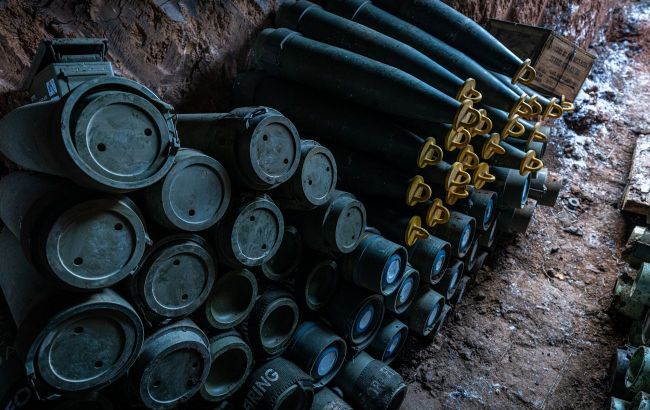European shell production up, but not enough - FT
 Illustrative image (Getty Images)
Illustrative image (Getty Images)
Western allies have increased their production of shells. But this amount is not enough to cover Ukraine's needs and restore stocks, according to the Financial Times.
During Russia's full-scale invasion of Ukraine, the German concern Rheinmetall opened a new ammunition plant in Queensland, Australia, together with the local contractor NIOA. As noted, the company produces tens of thousands of artillery shells for Ukraine.
The company, which exports the shells to Germany, where Rheinmetall then fills them with explosives, plans to increase annual production at the plant by 25% next year to about 55,000 shells. NIOA believes that with the capital increase, it can produce up to 100,000 rounds of ammunition a year.
Defense companies around the world have increased production of everything from ammunition to rocket engines and missiles. But this is still not enough to replenish the stockpiles of countries that have transferred weapons to Ukraine from their warehouses.
For example, Germany's Rheinmetall plans to increase its production of 155-mm ammunition to about 1.1 million units starting in 2027 (it produced about 100,000 shells by February 2022).
Sweden's Saab has announced that the capacity of its ammunition business has doubled to 200,000 units per year. Soon, the company intends to double this number again to 400 thousand.
Thales UK in the UK plans to double the production capacity of its plants in Northern Ireland over the next two years and double it again by 2028.
But against the backdrop of production in Russia, the efforts of Western companies are not yet impressive. The Kiel Institute for the World Economy estimates that the Russian army can produce up to 10,000 shells per day. At this rate, Germany would deplete its annual ammunition stockpile in 70 days.
According to the Financial Times, the reason for the problems with increasing production is the lack of raw materials. In particular, it is about cotton lint (fluff), which is necessary for the production of nitrocellulose for artillery shells and explosives.
Another problem is the long production cycle. It can take two to three years from the decision to invest to the actual increase in production.
Another obstacle reported by manufacturers is the length of contracts. Companies need long-term agreements to attract investment and ramp up operations.
Shells problems
Last winter, Ukraine reported a problem with a shortage of artillery ammunition at the front. So far, the Russian army has an advantage in artillery. Recently, the Ukrainian Defense Ministry said that the ratio of shells on the battlefield had dropped to 3:1.
Against this background, the EU has allocated funds for the production of artillery shells for Ukraine. It was planned that the Ukrainian army would receive one million rounds of ammunition by March 2024, but deliveries have been delayed.
Czechia has also launched its initiative to purchase ammunition for Ukraine from third countries. It also attracts funds from other partners.

